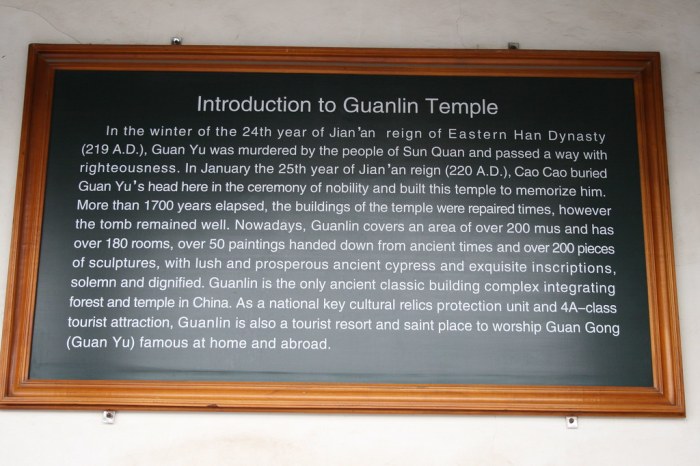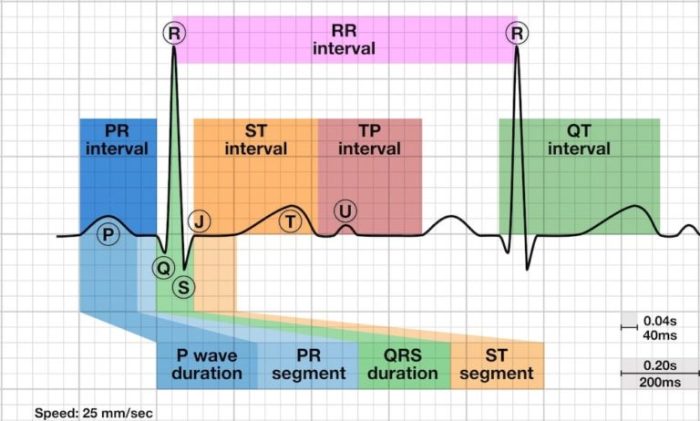
In today’s fast-paced media environment, managing a public relations crisis is more crucial than ever. Organizations are often thrust into the spotlight unexpectedly, and how they respond can make or break their reputation. From developing a solid crisis management plan to leveraging market research for informed strategies, this discussion explores the essential elements of PR crisis management.
By examining effective communication strategies and successful case studies, we will uncover actionable insights that can help brands navigate the turbulent waters of a crisis effectively. Understanding your audience’s needs and preferences, along with the right tools, plays a significant role in shaping your response and ultimately safeguarding your brand’s image.
PR Crisis Management Strategies

In today’s fast-paced media landscape, effective crisis management is essential for maintaining a brand’s reputation. When a PR crisis strikes, exceptional communication strategies can mitigate damage and restore public trust. Having a well-structured crisis management plan allows organizations to respond swiftly and effectively, minimizing disruption and confusion.An effective PR crisis management strategy hinges on clear and timely communication. Organizations must prioritize transparency, empathy, and consistency in their messaging.
When a crisis occurs, it’s crucial to have predefined roles and responsibilities, ensuring that everyone knows their part in the response. Additionally, engaging with stakeholders, including customers, employees, and the media, is vital to foster understanding and support.
Effective Communication Strategies During a PR Crisis
During a PR crisis, communication must be clear and directed to the appropriate audiences. Key strategies include:
-
Timely Updates:
Regularly update stakeholders about the situation to prevent misinformation and speculation.
-
Empathetic Messaging:
Acknowledge the concerns and feelings of affected parties to build empathy.
-
Consistent Communication:
Ensure that all communications convey the same message to avoid confusion.
-
Utilization of Multiple Channels:
Leverage social media, traditional media, and direct communication to reach different audiences effectively.
Steps to Develop a Crisis Management Plan
Creating a crisis management plan involves several critical steps to ensure preparedness and an efficient response:
-
Risk Assessment:
Identify potential risks and vulnerabilities that could lead to a crisis.
-
Response Team Formation:
Assemble a dedicated crisis response team with defined roles and responsibilities.
-
Communication Protocols:
Establish communication strategies detailing how information will be disseminated.
-
Media Training:
Provide media training for key spokespeople to ensure they communicate effectively.
-
Simulation Exercises:
Conduct regular crisis simulations to test the effectiveness of the plan and make necessary adjustments.
Examples of Successful PR Crisis Responses
Numerous organizations have navigated PR crises effectively, showcasing the importance of a well-executed response. Notable examples include:
-
Toyota’s Recall Crisis:
In response to a massive recall, Toyota established a proactive communication strategy that included regular updates and direct outreach to affected customers, ultimately restoring trust.
-
Domino’s Pizza Controversy:
After a viral video scandal, Domino’s quickly addressed the issue through social media engagement and transparency about their commitment to quality, leading to a positive brand recovery.
-
Johnson & Johnson’s Tylenol Crisis:
Following the tainted Tylenol incident in the 1980s, the company acted swiftly, recalling products and communicating openly with the public, which ultimately strengthened their brand reputation.
Role of Market Research in PR Crisis Management
Market research plays a pivotal role in shaping effective public relations strategies during crises. By understanding consumer behavior, perceptions, and emerging trends, organizations can tailor their communication and responses to effectively address concerns and mitigate damage. This proactive approach helps in maintaining credibility, trust, and a positive brand image even in challenging situations.
Market research informs PR strategies by providing valuable insights into how stakeholders perceive the crisis and the organization. It guides the development of key messages and tactics to ensure that communication resonates with the target audience. Additionally, it helps identify the most appropriate channels for disseminating information and engaging with affected parties, ultimately enhancing the effectiveness of crisis management efforts.
Importance of Audience Analysis in Crisis Communication
Audience analysis is crucial for effective crisis communication as it allows organizations to tailor their messaging according to the needs and concerns of different stakeholder groups. Understanding the audience’s demographics, values, and preferences enables PR teams to craft messages that resonate and foster empathy.
To conduct effective audience analysis, organizations can utilize various methods to gather insights, such as:
- Surveys and Polls: Conducting surveys during and after a crisis can provide immediate feedback on public sentiment and perceptions about the situation. For example, companies like Starbucks have used customer feedback through surveys to understand their audience’s reactions during various controversies.
- Social Media Listening: Monitoring social media channels for mentions and discussions surrounding a crisis gives organizations real-time insights into public opinion and sentiment. Tools like Brandwatch or Hootsuite can help in tracking these conversations effectively.
- Focus Groups: Engaging small groups of stakeholders can lead to deeper understanding and nuanced insights. Focus groups can reveal underlying concerns that may not be captured through larger surveys.
- Media Analysis: Analyzing media coverage and sentiment can help organizations understand how the crisis is being perceived by the public and what information is being spread.
Understanding these insights before, during, and after a crisis allows organizations to adjust their strategies accordingly and maintain a transparent dialogue with their audiences. By leveraging market research, PR teams are better equipped to navigate crises and build a resilient brand reputation moving forward.
Tools and Software for Effective PR Management

In the dynamic world of public relations, especially during a crisis, having the right tools and software can make all the difference. These solutions not only streamline communication but also help in managing the narrative effectively. By leveraging technology, organizations can respond swiftly and strategically, minimizing potential damage to their reputation.
Marketing Software Solutions Beneficial for Crisis Management
A variety of marketing software solutions can significantly enhance crisis management efforts. These tools help in monitoring social media, analyzing public sentiment, and facilitating communication with stakeholders. The following list highlights some essential software options for effective PR management during a crisis:
- Hootsuite: A social media management platform that allows you to monitor mentions, schedule posts, and analyze your social media performance in real-time, making it easier to manage public perception.
- BuzzSumo: This tool helps identify key influencers and trending topics, which can be crucial for shaping your crisis response strategy and leveraging the right voices.
- Sprout Social: Similar to Hootsuite, Sprout Social offers robust analytics and reporting features, enabling teams to track engagement and effectiveness throughout a crisis.
- HubSpot: Known for its CRM capabilities, HubSpot also offers tools for email marketing, social media management, and content creation, allowing seamless communication with stakeholders.
- Meltwater: A media intelligence tool that monitors news and social media, providing insights that can guide your crisis response and help assess the impact of your actions.
Comparison of Telemarketing Strategies for Outreach During a Crisis
Telemarketing remains a vital outreach strategy, particularly in times of crisis. Different approaches can significantly affect how messages are received. Here’s a comparison of various telemarketing strategies:
| Strategy | Description | Effectiveness |
|---|---|---|
| Proactive Outreach | Contacting stakeholders to provide updates and reassure them about the situation. | High – Builds trust and demonstrates transparency. |
| Feedback Collection | Reaching out to gather opinions and concerns from stakeholders about the crisis. | Medium – Engages the audience but requires careful handling of feedback. |
| Targeted Messaging | Customizing messages based on different stakeholder groups. | High – Ensures relevance and increases engagement. |
| Emergency Hotlines | Setting up dedicated lines for crisis inquiries and support. | High – Provides immediate assistance and information. |
| Follow-up Calls | Reaching out after initial communications to check on stakeholder sentiments. | Medium – Reinforces commitment but can be perceived as intrusive if overdone. |
Integration of Public Relations Tools to Streamline Crisis Response Efforts
Integrating various public relations tools is key to enhancing crisis management efficiency. When these tools work together, they create a cohesive communication strategy. By combining monitoring, analytics, and outreach functions, organizations can ensure a synchronized approach to crisis response. For instance, using media monitoring tools alongside social media management platforms allows teams to track public sentiment in real-time while crafting appropriate responses.
“In times of crisis, the ability to respond quickly and effectively can protect your brand’s reputation.”
A well-integrated system can also facilitate better collaboration among team members, ensuring that everyone is on the same page and can address emerging issues promptly. This holistic approach not only mitigates risks but also fosters a more resilient public image.
Closing Summary
In conclusion, mastering PR crisis management is not just about reacting to a crisis but also about being proactive in your approach. The integration of strategic planning, market research, and effective communication creates a robust framework that can withstand challenges. By learning from successful examples and continuously refining your strategies, you can ensure that your organization emerges resilient and stronger from any crisis.
Question & Answer Hub
What is the first step in PR crisis management?
The first step is to identify potential crises and develop a comprehensive crisis management plan that includes communication strategies and response protocols.
How important is audience analysis in a crisis?
Audience analysis is crucial as it helps tailor the message to meet the specific concerns and needs of different stakeholders during a crisis.
What tools can assist in managing a PR crisis?
Various tools such as social media monitoring software, press release distribution services, and project management platforms can streamline crisis response efforts.
Can market research help prevent crises?
Yes, conducting market research before a crisis can provide insights into potential vulnerabilities and help in crafting proactive strategies to address them.
How can companies learn from past crises?
Companies can analyze previous crises, both their own and those of others, to understand what went wrong and how to improve their response strategies for the future.





